Accuracy and Precision
They mean slightly different things!
Accuracy
Accuracy is how close a measured value is to the actual (true) value.
Precision
Precision is how close the measured values are to each other.
Examples of Precision and Accuracy:
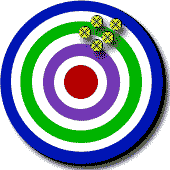 | 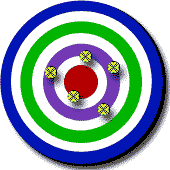 | 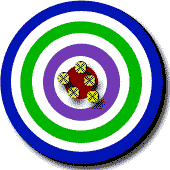 |
| Low Accuracy High Precision | High Accuracy Low Precision | High Accuracy High Precision |
So, if you are playing soccer and you always hit the left goal post instead of scoring, then you are not accurate, but you are precise!
How to Remember?
- aCcurate is Correct (a bullseye).
- pRecise is Repeating (hitting the same spot, but maybe not the correct spot)
Bias (don't let precision fool you!)
When we measure something several times and all values are close, they may all be wrong if there is a "Bias"
Bias is a systematic (built-in) error which makes all measurements wrong by a certain amount.
Examples of Bias
- The scales read "1 kg" when there is nothing on them
- You always measure your height wearing shoes with thick soles.
- A stopwatch that takes half a second to stop when clicked
In each case all measurements are wrong by the same amount. That is bias.
Degree of Accuracy
Accuracy depends on the instrument we are measuring with. But as a general rule:
The degree of accuracy is half a unit each side of the unit of measure
Examples:
| When an instrument measures in "1"s any value between 6½ and 7½ is measured as "7" | 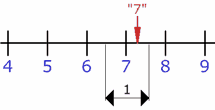 |
| When an instrument measures in "2"s any value between 7 and 9 is measured as "8" | 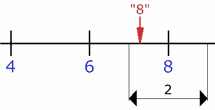 |
(Notice that the arrow points to the same spot, but the measured values are different!)







